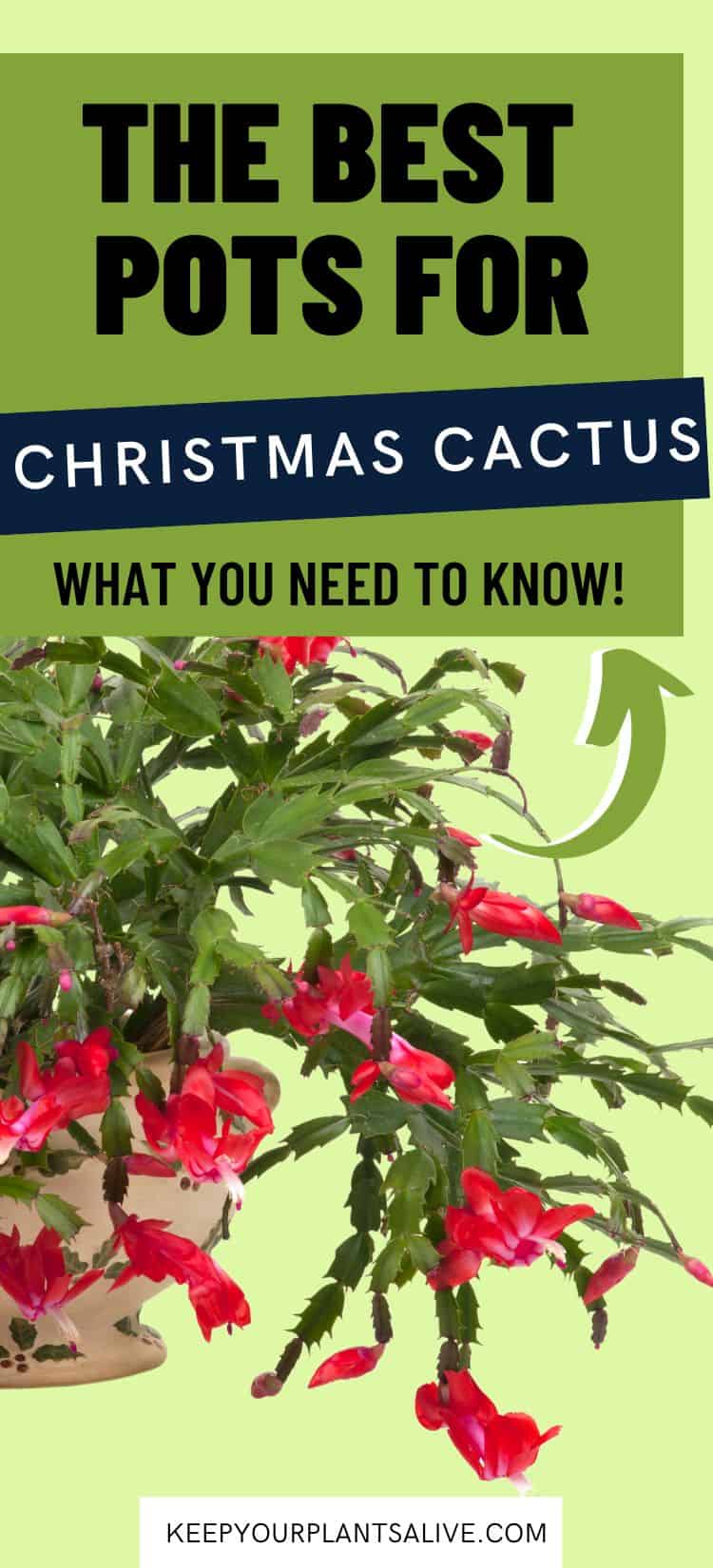Natural fertilizer for Christmas cactus care can make all the difference. Learn how to feed your plant with organic nutrients for extraordinary blooms and vitality!
Let's talk about Christmas cacti, those gorgeous succulents that brighten up our homes in winter with their stunning, vibrant blooms.
Here's the thing: even though Christmas cacti is a low-maintenance specimen, it still need extra care to thrive, especially when it comes to feeding the plant.
Ideally, you can feed Christmas Cactus a 20-20-20 fertilizer diluted to half its strength.
But, if you're into more eco-friendly options, there are some amazing natural alternatives that work wonders and are kinder to our planet.
In this article, we’ll take a closer look at common natural fertilizer for Christmas cactus, looking at their pros and cons. Ready to dive in? Here we go!
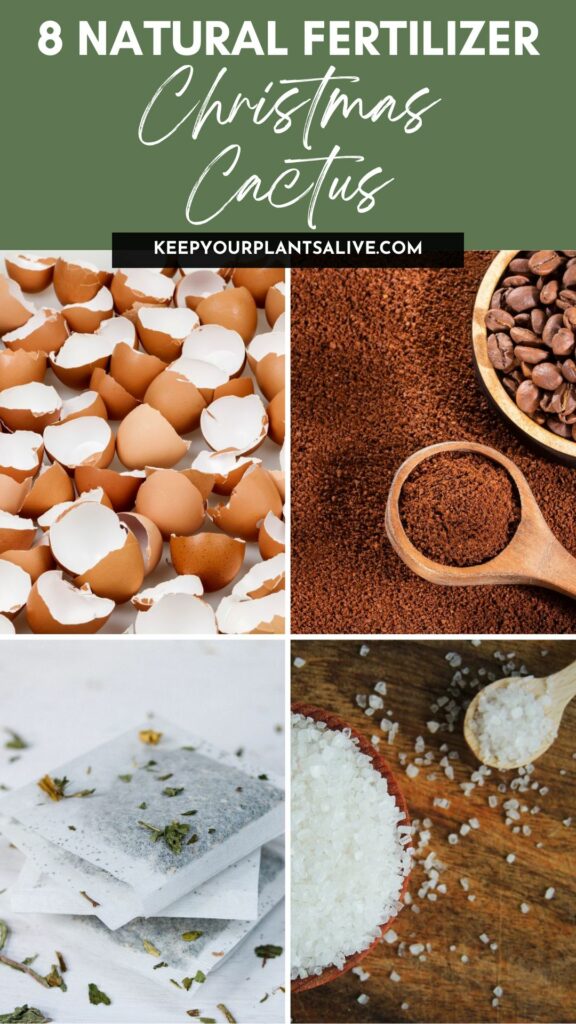
Natural fertilizer for Christmas cactus
1. Coffee Grounds
Believe it or not, those coffee grounds from your morning brew are not just great for waking you up, but they're also fantastic fertilizers for plants, including your Christmas cactus.
Regardless of their brewing method, coffee grounds are an excellent source of nitrogen and potassium.
These two elements are necessary for the succulent’s growth and blooming its beautiful flowers.
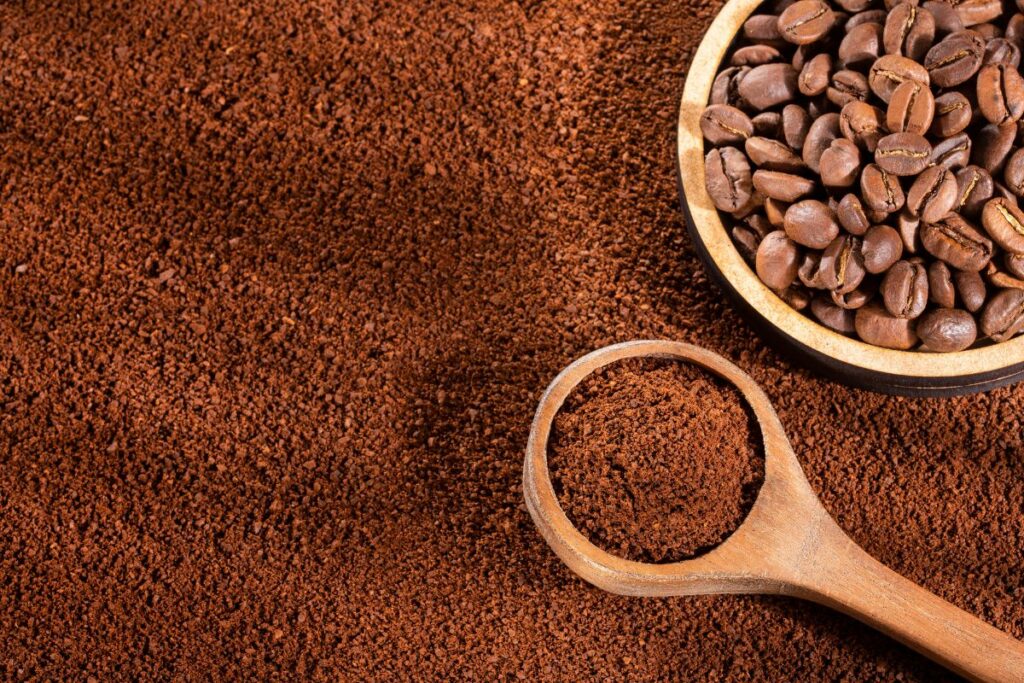
A study from Oregon State University even found that coffee grounds enhance soil quality and help with drainage, not to mention it kills some of the pests lingering in them, such as slugs.
However, wet coffee grounds can attract mold, so you need to make sure that the grounds are completely dry before using them.
Additionally, while Christmas cactus prefers slightly acidic soil, too much coffee grounds can disrupt the soil pH. For that reason, you should limit its use to once every six months or longer.
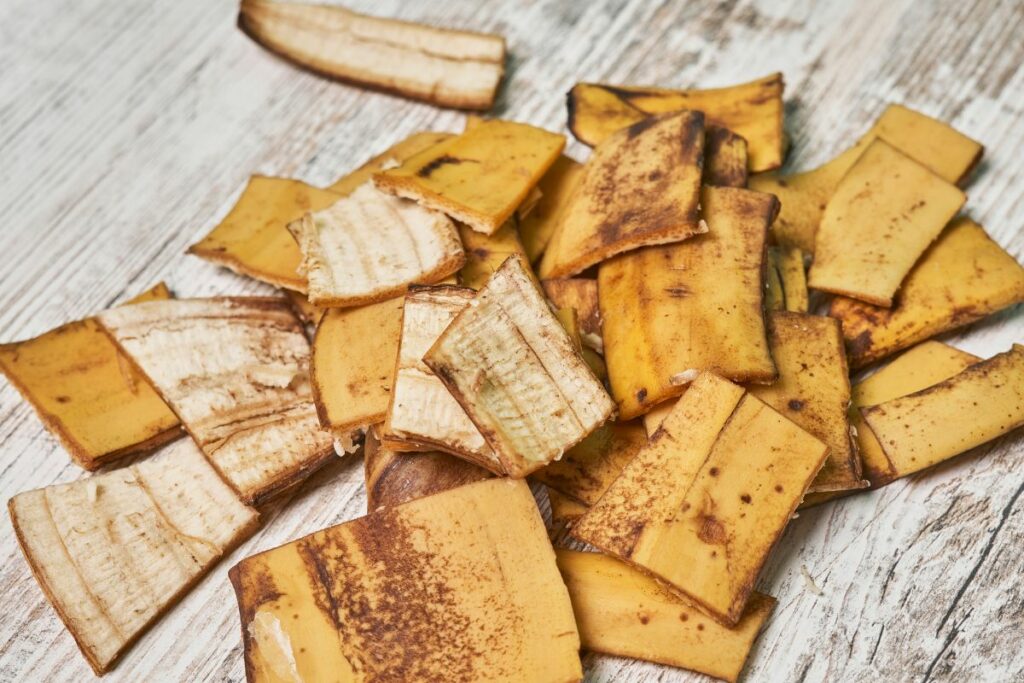
2. Banana Peels
Here's a fun fact: bananas aren't just a yummy snack; their peels are nutrient powerhouses for your plants, rich in potassium, calcium, and other goodies.
In fact, a recent report shows that 40% of dried banana peel’s weight is made up of potassium, surpassing most other organic substances.
However, using banana peel isn’t as simple as burying the pieces into the soil, as this technique releases nutrients slowly and attracts pests.
Instead, you’ll need to properly compost the banana peels to break down their organic matter into its essential components, then combine this compost with the soil.
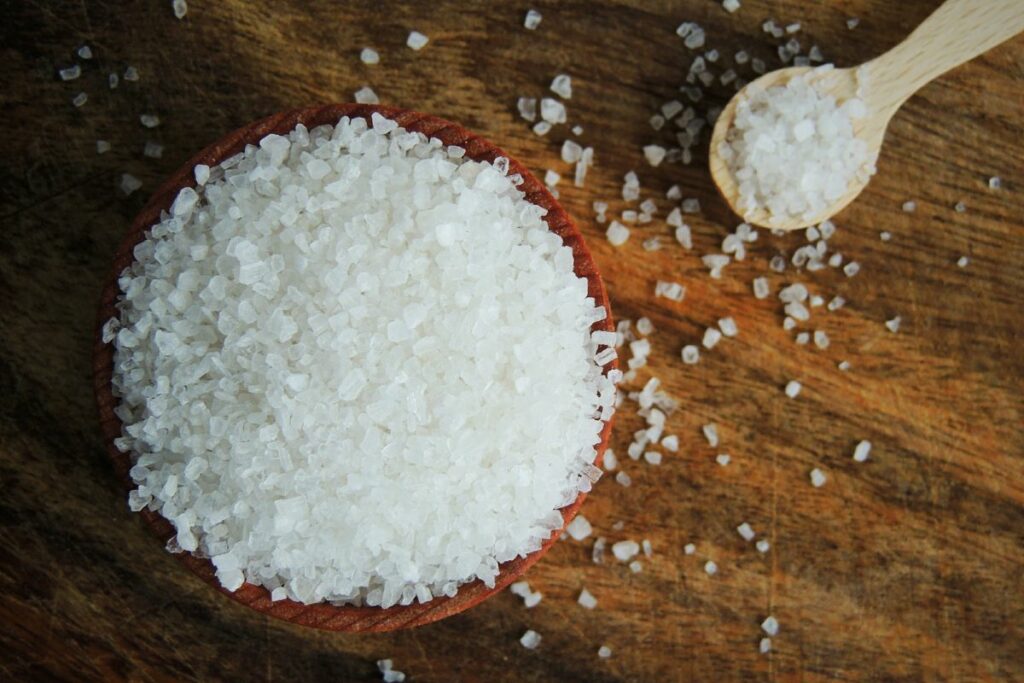
3. Epsom Salt
Epsom Salt is the common name for pure magnesium sulfate.
As you can see, this salt is rich in magnesium, which is an essential element for the growth of most plants.
This is because magnesium plays an important role in making chlorophyll, which is an essential component of the photosynthesis process.
However, according to a report by the University of Georgia, Christmas cactus requires a relatively higher amount of magnesium compared to other plants, especially during the growth season.
As such, supplementing the plant with some extra Epsom salt can greatly improve the plant’s health, but you should still avoid adding too much to avoid salt buildup in the soil.
Ideally, you need to add as little as one teaspoon of Epsom salt for every gallon of water and fertilize the plant monthly (during the growing season only.)
4. Worm Castings
Worm casting is among the best natural fertilizers for plants, as they’re rich in a wide variety of essential components and minerals, such as nitrogen, phosphorus, and potassium.
This makes them perfect for all kinds of houseplants, including Christmas cactus.
But despite being nutrient-dense, they don’t have all the necessary elements for Christmas cacti, so they aren’t a viable replacement for fertilizers.
However, they’re an excellent addition to massively improve the quality of the soil for your succulents.
Of course, you still need to avoid adding too many worm castings to the soil, so you should use them every few months, especially during the growth season.
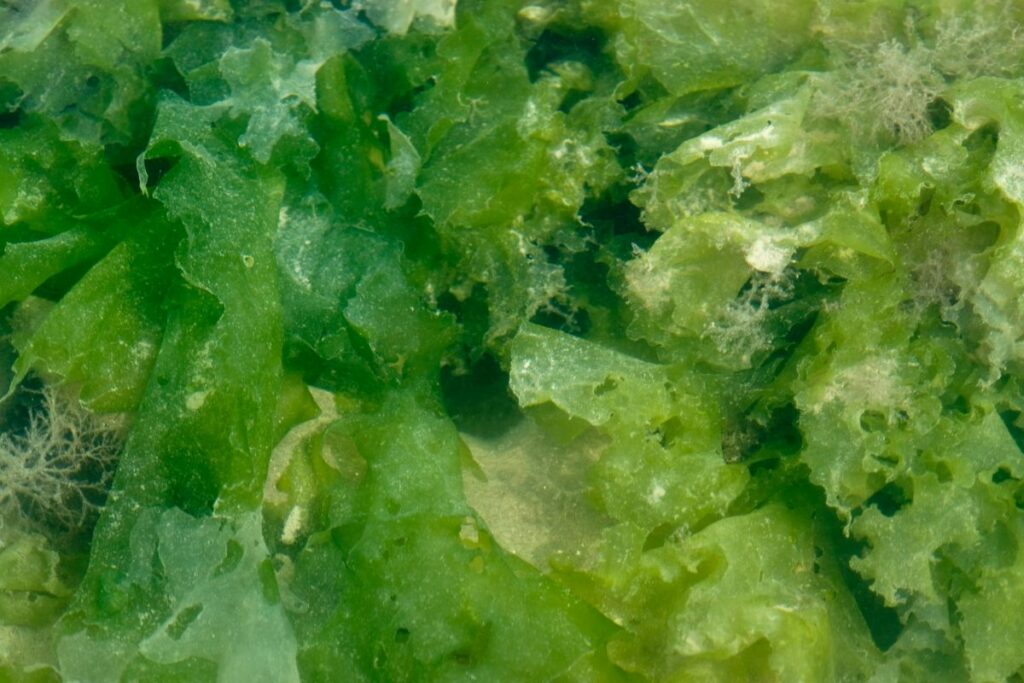
5. Liquid Seaweed
Like worm castings, liquid seaweed is also a great source of nutrition for Christmas cacti and other succulents.
This is because it provides the soil with essential components like nitrogen, potassium, and phosphate, in addition to a variety of extra trace elements for a healthier Christmas cactus.
Liquid seaweed is also fairly affordable and easy to apply, which makes it a perfect solution for beginner houseplant owners.
The only drawback here is that liquid seaweed isn’t as nutritionally dense as commercial fertilizers, so you might need extra supplementation to meet the plant’s requirements for growth.
6. Fish Emulsion
Fish emulsion is another high-quality natural fertilizer that you can use with Christmas cactus to boost its growth.
It fortifies the soil microflora by providing nutrients for the bacteria living in the soil in addition to enriching the soil with potassium and phosphorus.
This allows these microorganisms to release more nutrients, which helps the Christmas cactus grow and thrive.
Of course, the main drawback here is the smell, in addition to being a bit pricey. However, the final results make them well worth the investment.

7. Eggshells
While many of the previous fertilizers provide phosphorus and potassium, many of them don’t offer as much calcium.
That being said, cacti and succulents need calcium to maintain their structure and build a strong cell wall, and that’s where crushed eggshells come in handy.
Eggshells are an excellent source of calcium in addition to providing various trace elements like magnesium and potassium.
Applying eggshells is also fairly easy, as you’ll only need to sprinkle them on the soil.
However, eggshells are best used as a supplementary fertilizer since it doesn’t have all the essential nutrition to support the plant’s growth.
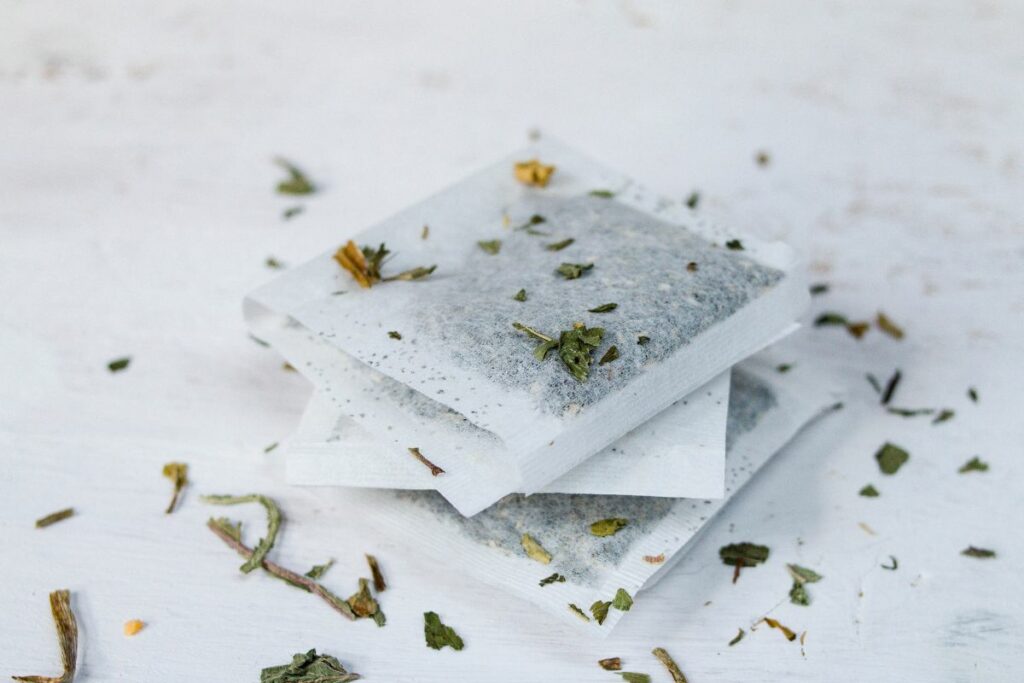
8. Tea Bags
Lastly, some gardeners and indoor growers might use tea bags as fertilizer for plants.
Luckily, tea bags are rich in tannic acid, which increases nitrogen levels in the soil.
However, tea bags are quite lacking when it comes to other essential elements like phosphorus and potassium, so you can’t rely on them alone.
Before you go...
As you can see, there are plenty of reliable options when looking for a natural fertilizer for Christmas cactus.
Of course, each one of them has its unique properties as well as its drawbacks, but you can use any of the previously mentioned options during the growing season to fortify the plant and provide it with the necessary elements for healthy growth.
If you’re interested in finding out more about proper houseplant care, download this free guide to get started right away!
Thanks for reading!


Hey there, I'm Morgan, a houseplant enthusiast from sunny Charleston, South Carolina. Growing up surrounded by my mom's lush orchids and African violets, I discovered the magic of bringing nature indoors. Thanks to the pandemic, I delved deeper into houseplants, discovering their power to uplift moods and transform spaces. I'm here to spill all my secrets, helping you pick the perfect houseplant - and make it happy. Let's keep your plants alive, together! 😊

